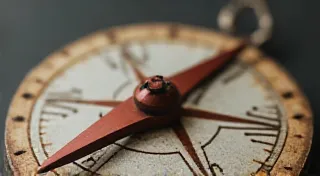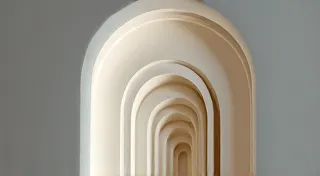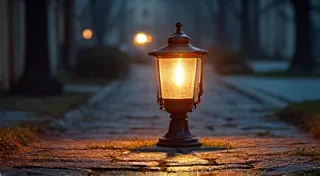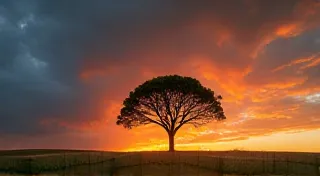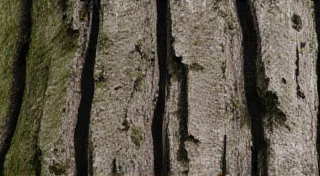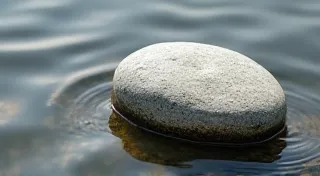The Cartographer’s Map: Depicting Imaginary Territories on Bottles
There's a certain melancholy that clings to antique bottles. They aren't just glass containers; they're silent witnesses to lives lived, stories told, and landscapes vanished. Holding one, particularly a hand-blown relic from the 19th century, evokes a feeling not unlike examining an antique accordion – a forgotten instrument, full of potential, yearning for a lost melody. The way the light refracts, the subtle imperfections in the glass, the faint ghost of a past label…it’s an invitation to imagine.
I remember my grandfather, a quiet man with calloused hands and an unwavering love for restoration. He collected old tools and, occasionally, found antique bottles at estate sales. He never tried to "improve" them; his reverence lay in preserving their history. He’d often say, "They tell stories, you know. You just have to listen." That's what sparked my own fascination with these vessels – the desire to listen and, ultimately, to contribute to their ongoing narrative.
Reverse glass etching offers an extraordinary way to do just that. It’s more than just a technique; it’s a dialogue with the past. Rather than subtracting from the surface as with traditional etching, we're carefully revealing the glass beneath a layer of frosted vinyl – a process that, in its own way, feels like unveiling a hidden kingdom.
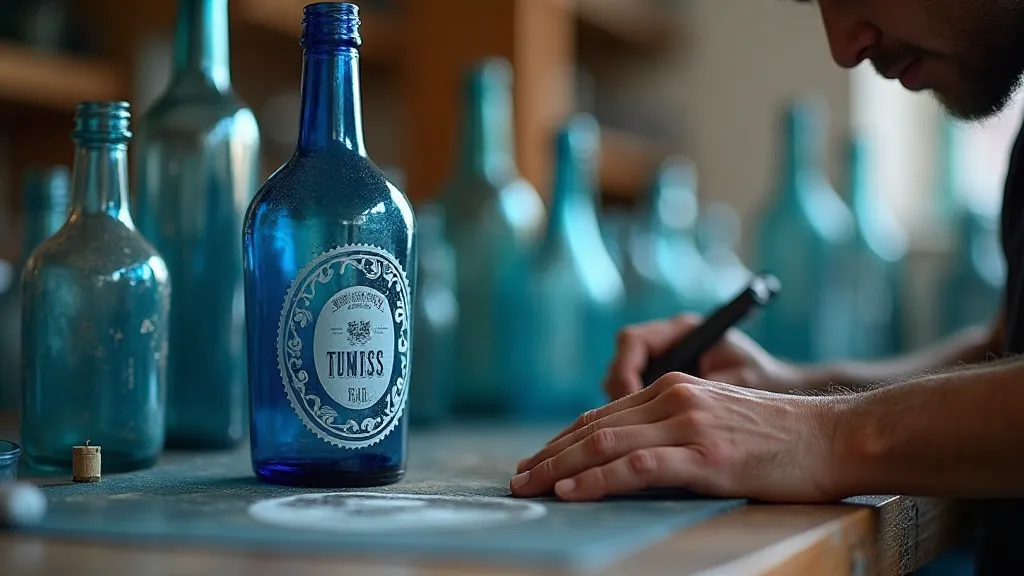
Beyond the Landscape: Fictional Worlds in Glass
While replicating historical scenes or patterns can be incredibly rewarding, the true magic of reverse glass etching emerges when you venture beyond the literal. Think of it: a blank bottle becomes a miniature world, ripe for your own creation. Why limit yourself to depictions of the American West when you can chart a floating archipelago? Why paint a pastoral scene when you can portray the crystalline canyons of Xylos?
The beauty lies in the freedom. You're not bound by reality; you’re an explorer, a cartographer of the imagination. Think about the great mapmakers of old – Mercator, Ptolemy, even the fanciful creations of medieval monks. Their maps weren't always accurate, but they were brimming with possibility, with the allure of the unknown. Reverse glass etching allows you to do the same, to create maps of places that exist only in your mind's eye.
Crafting the Fantasy: Technique and Inspiration
The technical aspects of reverse glass etching remain consistent regardless of your subject matter. Precision is paramount. Carefully consider the placement of your vinyl stencil. Take time to burnish it down, eliminating any air bubbles that could lead to inconsistent etching. The consistency of your etching cream, the length of the exposure, the thoroughness of the rinse – each element influences the final outcome.
However, when it comes to creating a fantasy landscape, a different kind of planning is required. Start by sketching out your vision. Not a detailed technical drawing, but a loose, evocative representation of the world you want to create. Consider the topography – towering peaks, winding rivers, sprawling forests. Think about the flora and fauna, the prevailing climate, the overall atmosphere. What makes this world unique? What secrets does it hold?
Don't be afraid to borrow inspiration from various sources: fantasy novels, concept art, even the textures and patterns found in nature. A cluster of lichen on a rock can inspire the swirling formations of a mountain range. The way sunlight filters through a forest canopy can inform the patterns of a subterranean crystal cave.
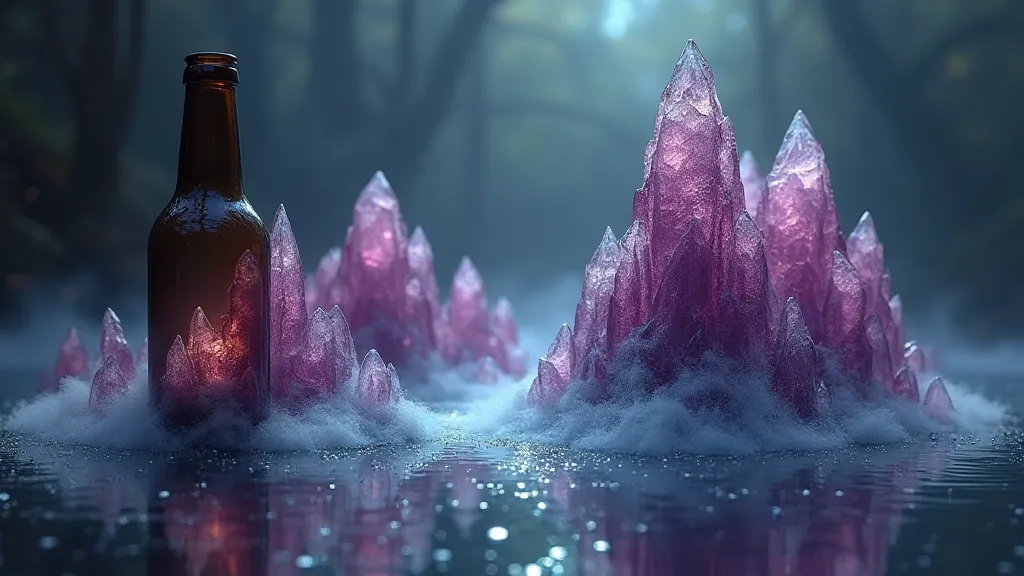
The Language of Detail: Conveying Narrative
Details are what truly bring a fantasy world to life. A single, carefully placed detail can convey a wealth of information about a place. A crumbling ruin suggests a lost civilization. A strange, glowing plant implies a unique ecosystem. A faint trail in the snow hints at the passage of unknown creatures.
Consider using different etching techniques to create variations in texture and tone. A heavier etching can create a sense of solidity and permanence, while a lighter etching can convey fragility and ephemerality. Layering multiple stencils can add depth and complexity to your design.
The negative space around your design is just as important as the design itself. It creates a sense of scale and perspective, and it allows the viewer's eye to wander and explore.
Restoration and Collecting: A Symbiotic Relationship
For those drawn to the beauty of antique bottles, understanding the principles of restoration and collecting adds another layer of appreciation. Many antique bottles bear the marks of time – bubbles, scratches, minor chips. While a full-scale restoration might involve removing labels or repairing damage (a practice often frowned upon by purists), a gentle cleaning and careful handling can help preserve their integrity.
Reverse glass etching, when applied thoughtfully, can even enhance a bottle’s appeal without compromising its historical significance. A subtle, well-executed design can draw attention to the bottle’s unique shape and color, celebrating its beauty rather than masking it.
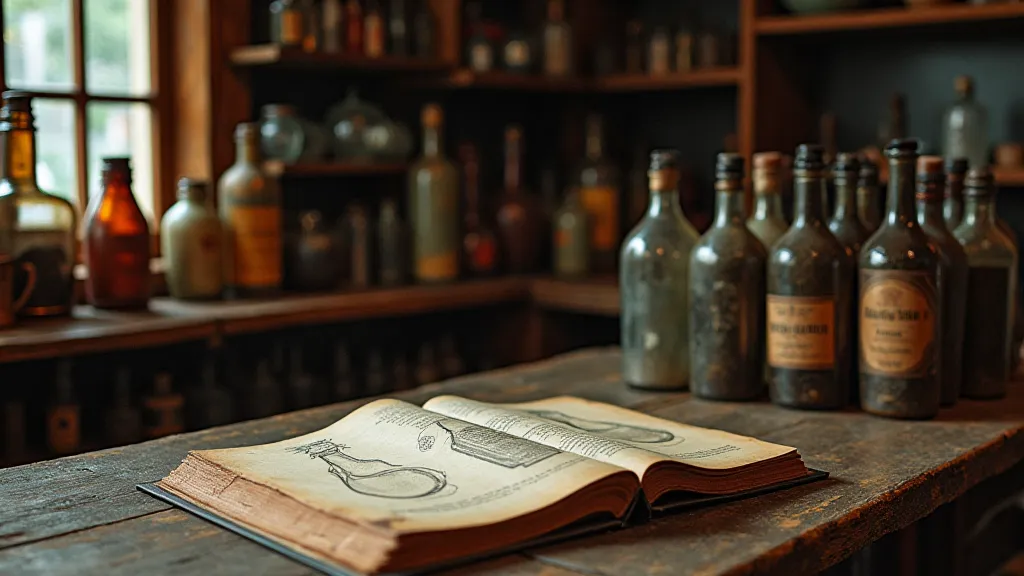
A Legacy in Glass
The act of depicting imaginary territories on antique bottles is more than just a craft; it's a form of storytelling, a testament to the enduring power of imagination. Each etched bottle becomes a miniature museum, a window into another world. And just as my grandfather taught me to listen to the stories held within these vessels, I hope that my own creations will inspire others to do the same – to listen, to imagine, and to contribute to the ongoing legacy of these beautiful, fragile treasures.
